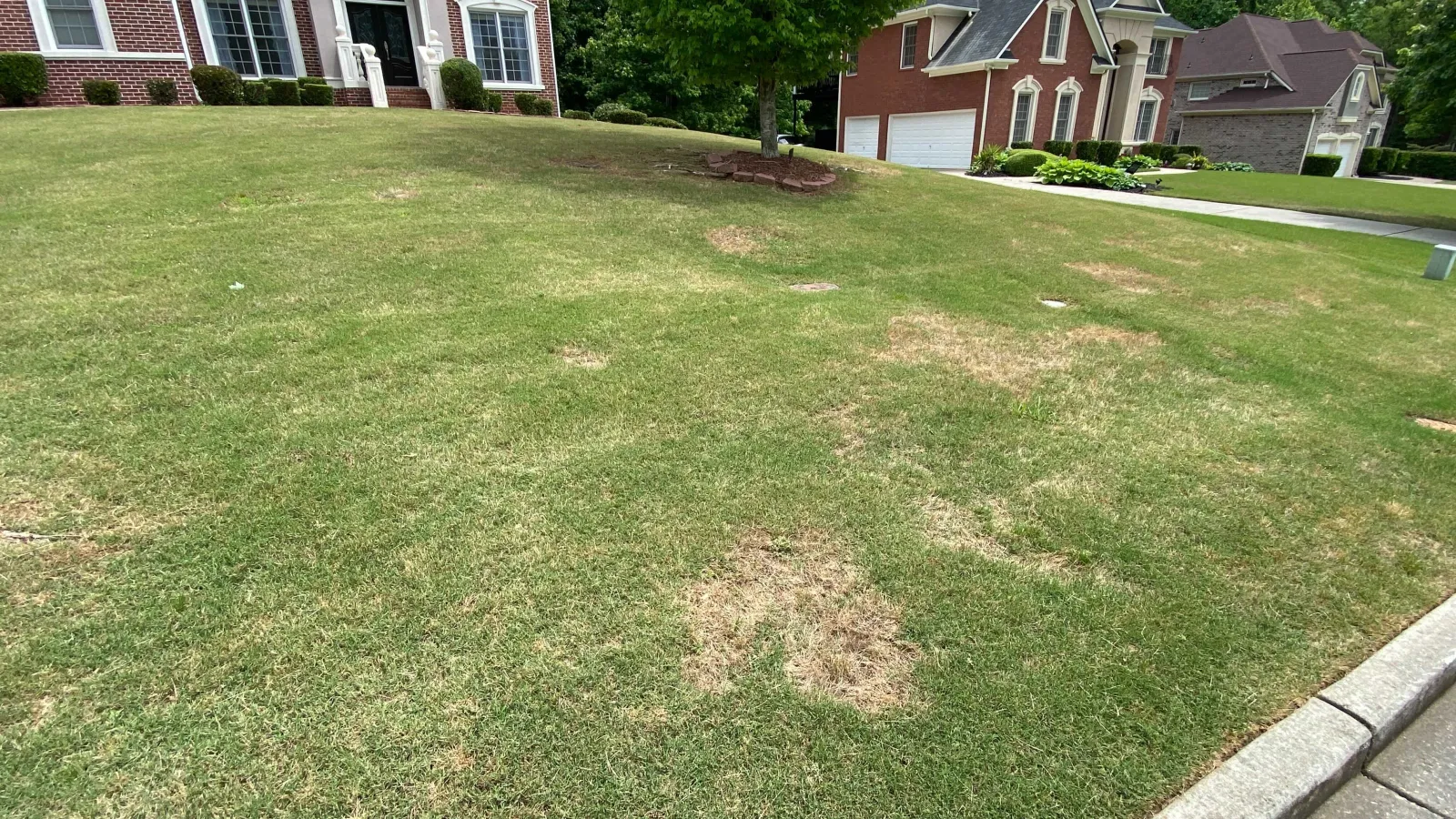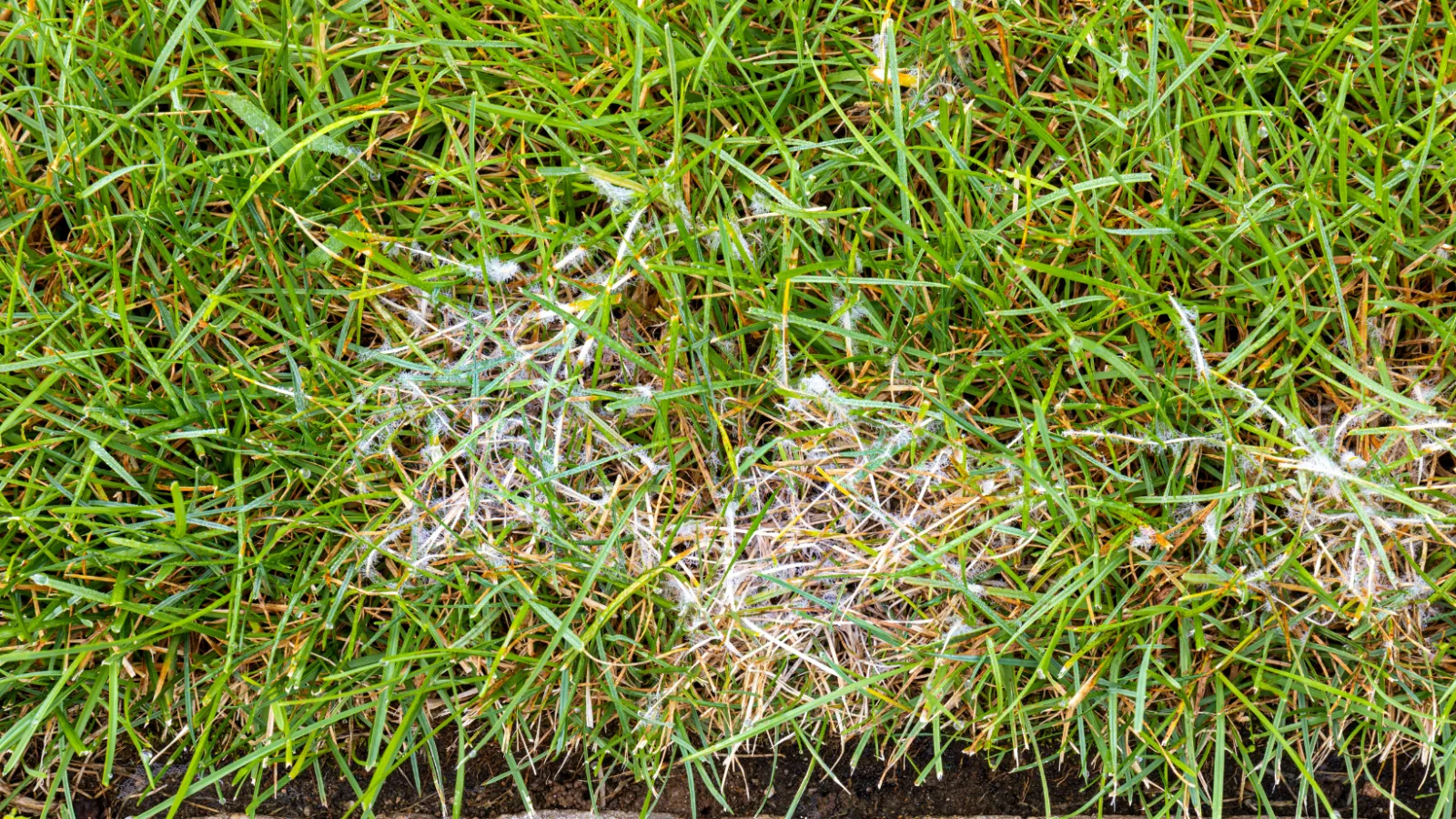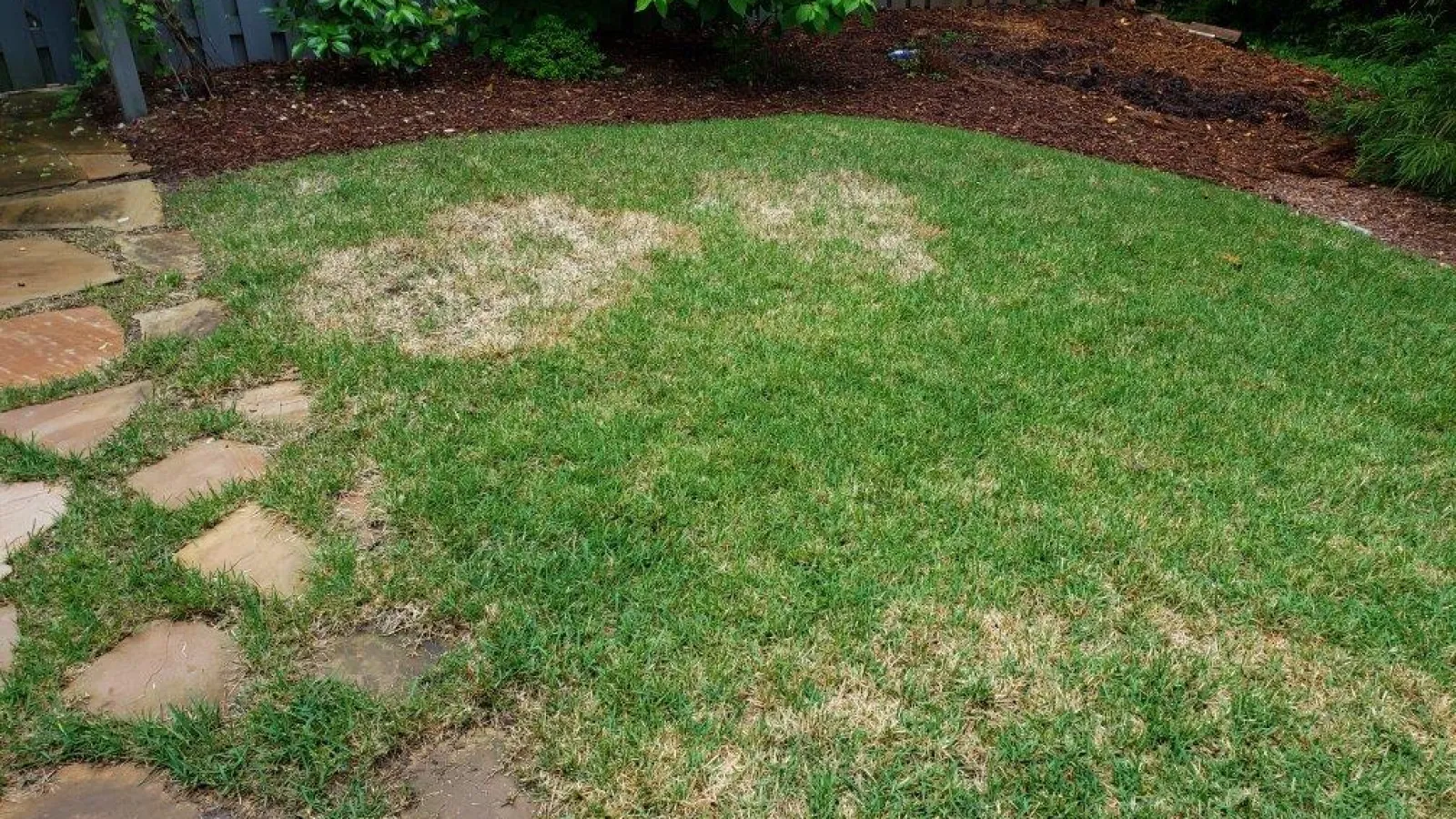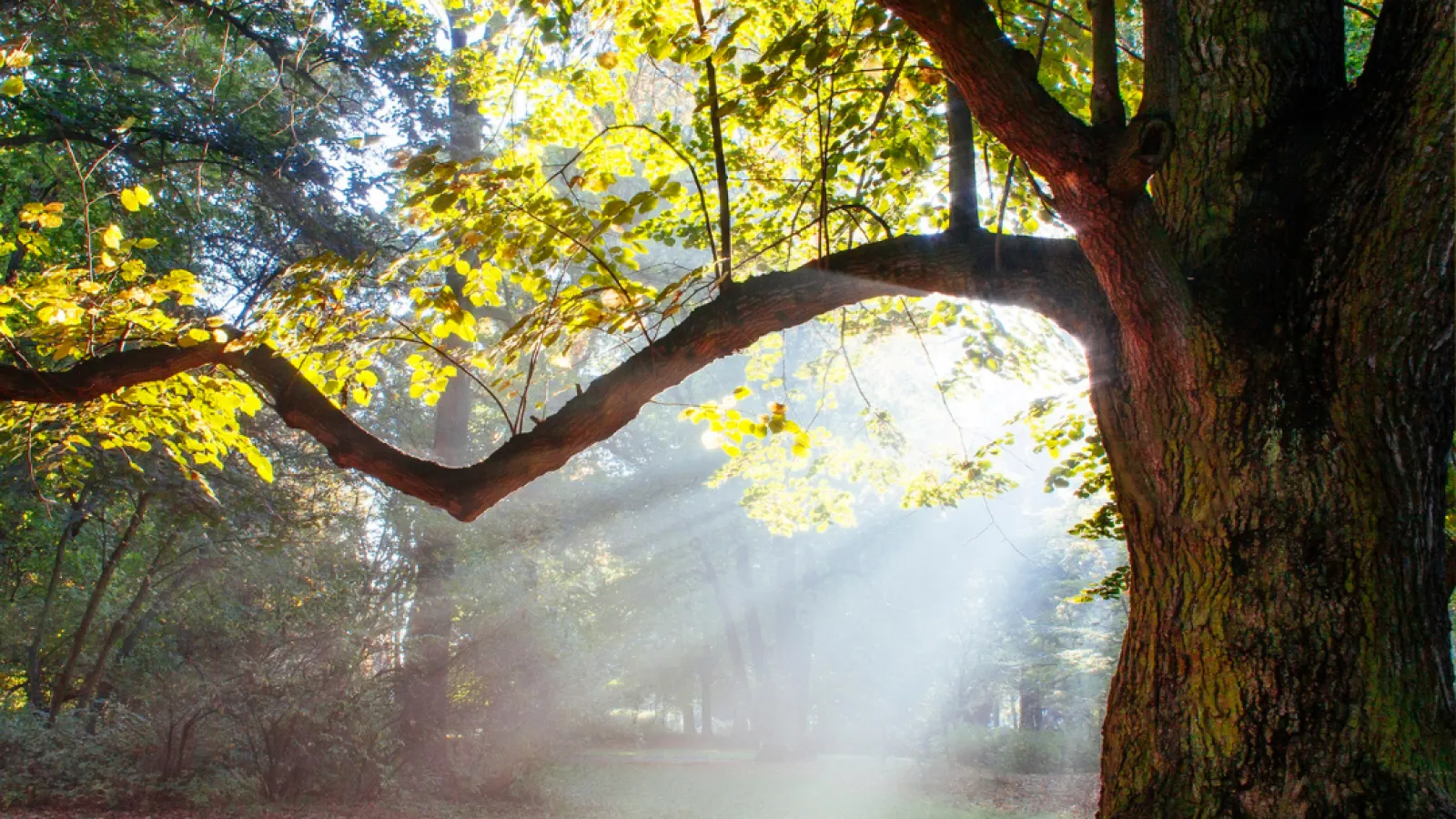
What Are Those ‘Dollars’ In Your Yard?
Dollar Spot Fungus
Are you seeing small circles of straw-colored grass in your lawn? It could be dollar spot fungus, a subtle but harmful lawn disease. Unfortunately for homeowners, Dollar spot can be found in a wide range of turf types, including Bermuda, Zoysia and Fescue, to name a few. Most commonly seen in late summer and early fall, it can be found at any time during the growing season.
What Is Dollar Spot & What Does It Look Like?
Dollar Spot is caused by a fungus that lives in the soil, Sclerotinia Homoeocarpa, and is named for the light tan circular patches it creates in the yard. Dollar spot is pretty easy to identify, although more difficult to identify on fine-leafed turf-grasses.
This fungal disease attacks the leaf blades, not the roots. The individual grass blades have white to light yellow lesions on them and will eventually turn tan. A distinct dark brown border always surrounds the spots on the leaves. Most often, spots appear first along the edge of a leaf and gradually expand in a broad band that may girdle the leaf blade.
The patches of diseased grass can be about the size of a silver dollar-hence its name. As the disease develops and if left untreated, the patches can grow together and form large, irregular shaped, discolored areas in the lawn. The patches can grow as large as several feet in diameter and the affected grass area can look dormant.
How Does It Live?
Dollar spot lives in the soil and thatch layer, and survives as mycelium in diseased turf-grass leaves. Interestingly, following a heavy dew, the white web-like mycelium of the fungus may be found on the diseased turf. This mycelium, often confused with spider webs, quickly disappears as the leaves dry.
Dollar spot spreads mainly through the movement of diseased grass clippings by water, wind and mowers. It develops best after a period of wet weather and prefers high humidity and temperatures ranging from 60 to 85 degrees F. Turfgrasses mowed too short, with persistent wetness, and deficient in nutrients, especially nitrogen, are more prone to dollar spot. The recovery from the damage in a stressed lawn is slower than that of a well-fertilized turf.
How Do You Get Rid of This Lawn Disease?
Difficult to prevent, there's no magic treatment that will make dollar spot fungus go away. However, properly timed and applied Fungicide Treatments can minimize the spread of this patchy brown lawn disease.
As a homeowner, there are several cultural practices that can help reduce the occurrence of dollar spot.
- Mow your lawn at the recommended height, not removing more than one-third of the turf blade with any one mowing.
- Remove excess thatch
- Core aerate annually, (warm-season turfs).
- Core aerate and overseed annually (cool-weather turfs).
- Resolve any drainage issues in the lawn.
- Keep the lawn well watered but avoid over-watering. Deep, infrequent watering is best-about 1-2" per week.
- Have professional lawn care. This will ensure your lawn gets the proper nutrients in the correct amounts at the appropriate time.
- If the disease is present, bag your clippings and wash the mower between cuttings. This will reduce the spread of this fungal disease.
Unfortunately, dollar spot will not go away on its own. The professionals at Turf Masters Lawn Care are here to help if your lawn looks like patchwork-what lawns with dollar spot often look like. Contact us today and let us help restore your lawn to its optimal health and beauty.


